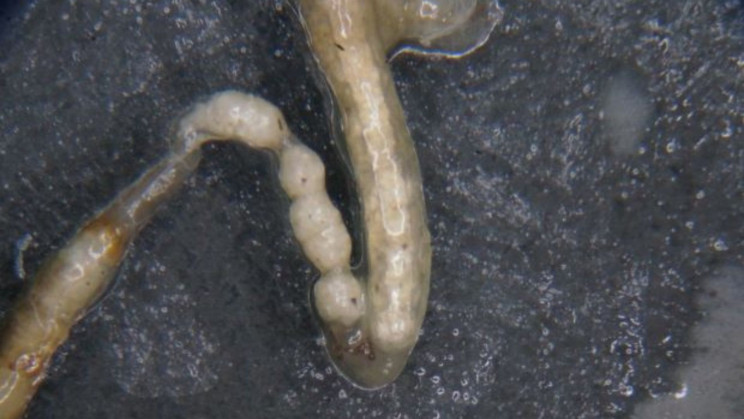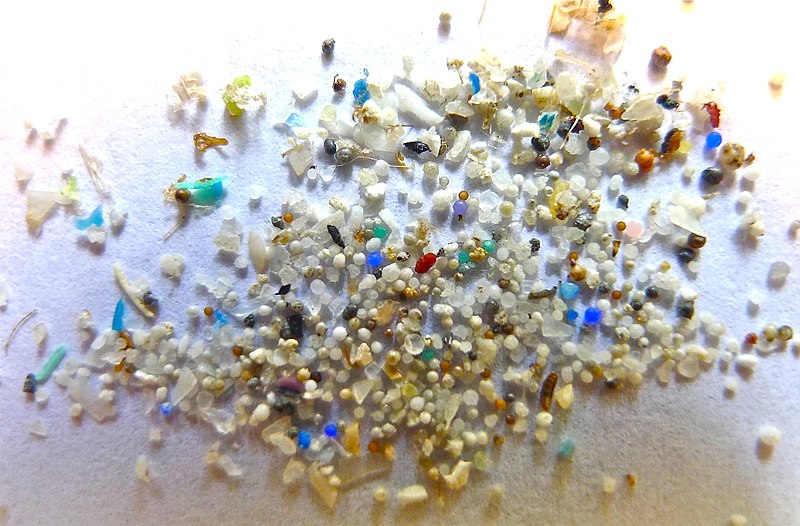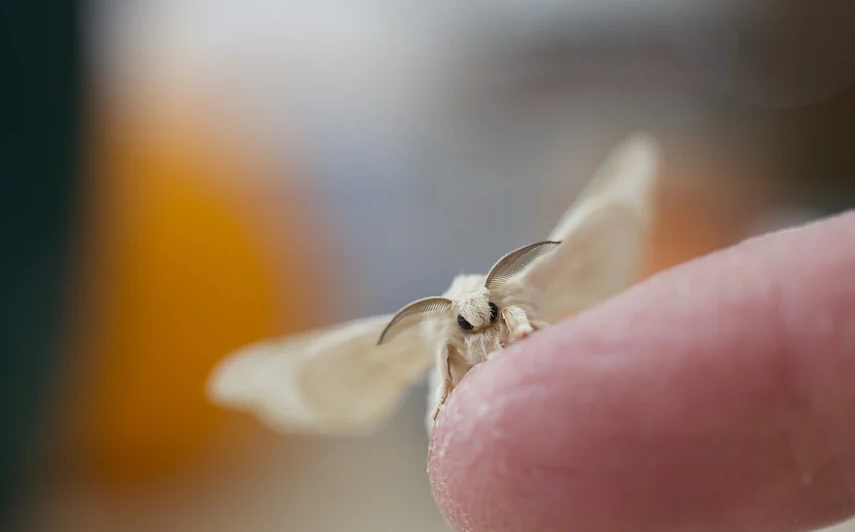Researchers in Singapore have developed the world’s smallest silicon LED and holographic microscope. It can convert your existing mobile phone cameras into portable, high-resolution microscopes.
Smaller than the wavelength of light, this LED was utilized to build the world’s smallest holographic microscope. Now you can change your existing cameras into microscopes by just altering silicon chips and software.
Moreover, scientists also developed a revolutionary neural algorithm that can recreate the objects measured by the holographic microscope. A neural network design is inspired by the way the human brain operates. This invention makes it possible to examine microscopic organisms such as cells and bacteria in detail.
“On top of its immense potential in lensless holography, our new LED has a wide range of other possible applications. Because its wavelength is within the minimum absorption window of biological tissues, together with its high intensity and nanoscale emission area, our LED could be ideal for bio-imaging and bio-sensing applications, including near-field microscopy and implantable CMOS devices,” said Rajeev Ram, a co-author of the paper.
“Also, it is possible to integrate this LED with on-chip photodetectors, and it could then find further applications in on-chip communication, NIR proximity sensing, and on-wafer testing of photonics.”
The study was recently published in the journal Optica.







